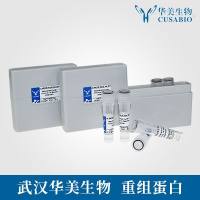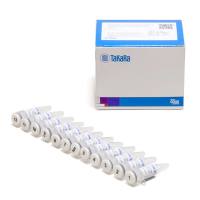A large number of Gram negative pathogens use a specialized needle-like molecular machine known as Type III Secretion (T3S) system. This highly sophisticated molecular device consists of a basal body spanning the two bacterial membranes and a protruding needle structure that is connected to a distal translocator complex. The main features of the T3S system are (i) activation after host cellular membrane contact and (ii) the ability to “inject” effectors into host cells through the needle apparatus across three membranous structures––two bacterial and one host cellular––without effector leakage into the exterior space. The effector proteins execute multiple roles upon translocation including re-arranging the host cytoskeleton, manipulating signaling pathways and reprogramming the host immune response. We have established a novel approach to monitor the secretion of fluorescently labeled effectors through the T3S system of single living bacteria in real time. Our approach uses the tetracysteine-FlAsH labeling procedure. Here, we provide a detailed protocol and advice on its potential and experimental pitfalls. Using the entero-invasive pathogen Shigella flexneri for assay development, we have also successfully adapted our approach and developed procedures for T3S effector tracking for other pathogens such as Enteropathogenic Escherichia coli (EPEC).






